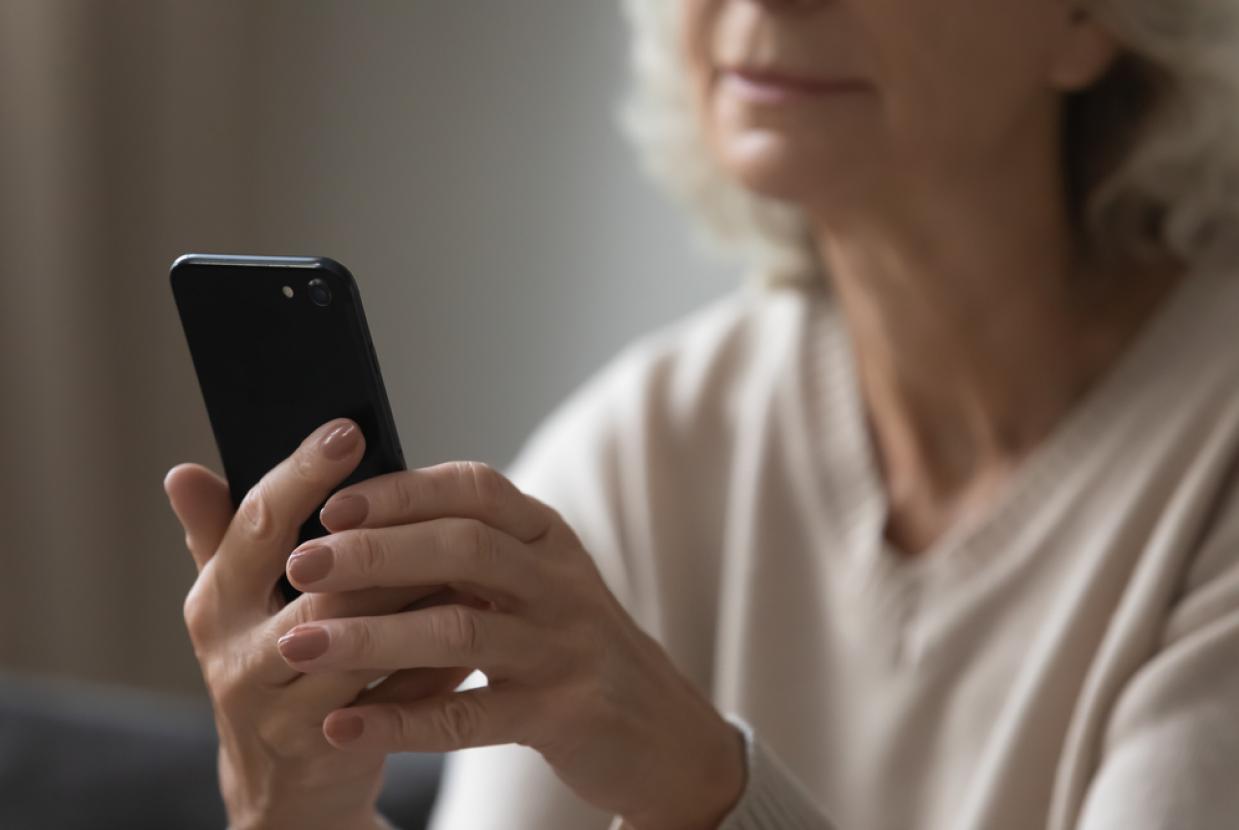Labelling
There are many ways that you can label items or objects to make them easier to identify, including clear print and large print labels, audio labels, braille labels and tactile labels.
Audio labelling
You can easily create personalised audio labels using the RNIB PenFriend audio labeller. You can use the PenFriend to label a wide range of items around your home and garden, at school or work or when you're out and about.
You can record short or long messages on each label, making it perfect for labelling items such as music and film collections, frozen food, and items in your kitchen cupboards. The PenFriend washable laundry labels also allow you to label clothing and other washable items such as bedding and towels.Other audio labelling products include talking tins, which help you identify the contents of tinned food and other storage containers, and voice recordable pegs so you can label packets of food and medicines.
Braille labels
Braille labels can be produced using a wide variety of methods and materials. You can use self-adhesive labelling tape in a braille labeller, a braille frame or Perkins brailler that has been fitted with an adaptor. You can also emboss straight onto self-adhesive, tie-on, magnetic, and paper labels using a Perkins brailler, braille embosser or hand frame.
Clear print and large print labels
Clear print and large print labels can be created using thick nibbed pens on self-adhesive labels or clean white paper. The main thing to remember is that big, bold writing on contrasting paper can help. You can also produce large print labels in whatever font size you choose using a computer. As well as labelling items, you can label moving objects, hazards, or obstacles such as door frames and the edge of tables and steps with contrasting or bright tape.
Tactile labels
Tactile labels can be produced using a variety of products including Bumpons (self-adhesive raised plastic markers), Tacti-mark (a liquid plastic that sets hard), colour indicating buttons and loc dots (tactile, self-adhesive locator dots). Alternatively, you could use different numbers of rubber bands to identify different tinned products, for example a tin beans from a tin of tomatoes.
Purchasing labelling products
You can purchase a wide range of labelling products, including all those mentioned above, from the RNIB Shop. Call our Helpline team on 0303 123 9999 or email helpline@rnib.org.uk.
Household products
Stay independent and in control of your life and leisure time with our range of products designed to help out around the house. Make your house feel like home again with our products such as the Penfriend labeller or our talking microwave.












































